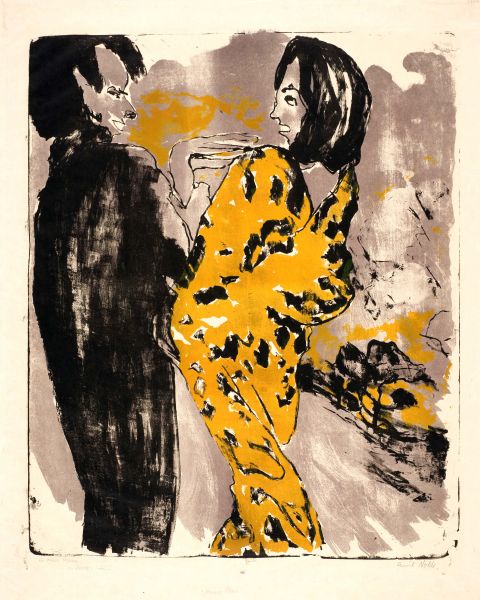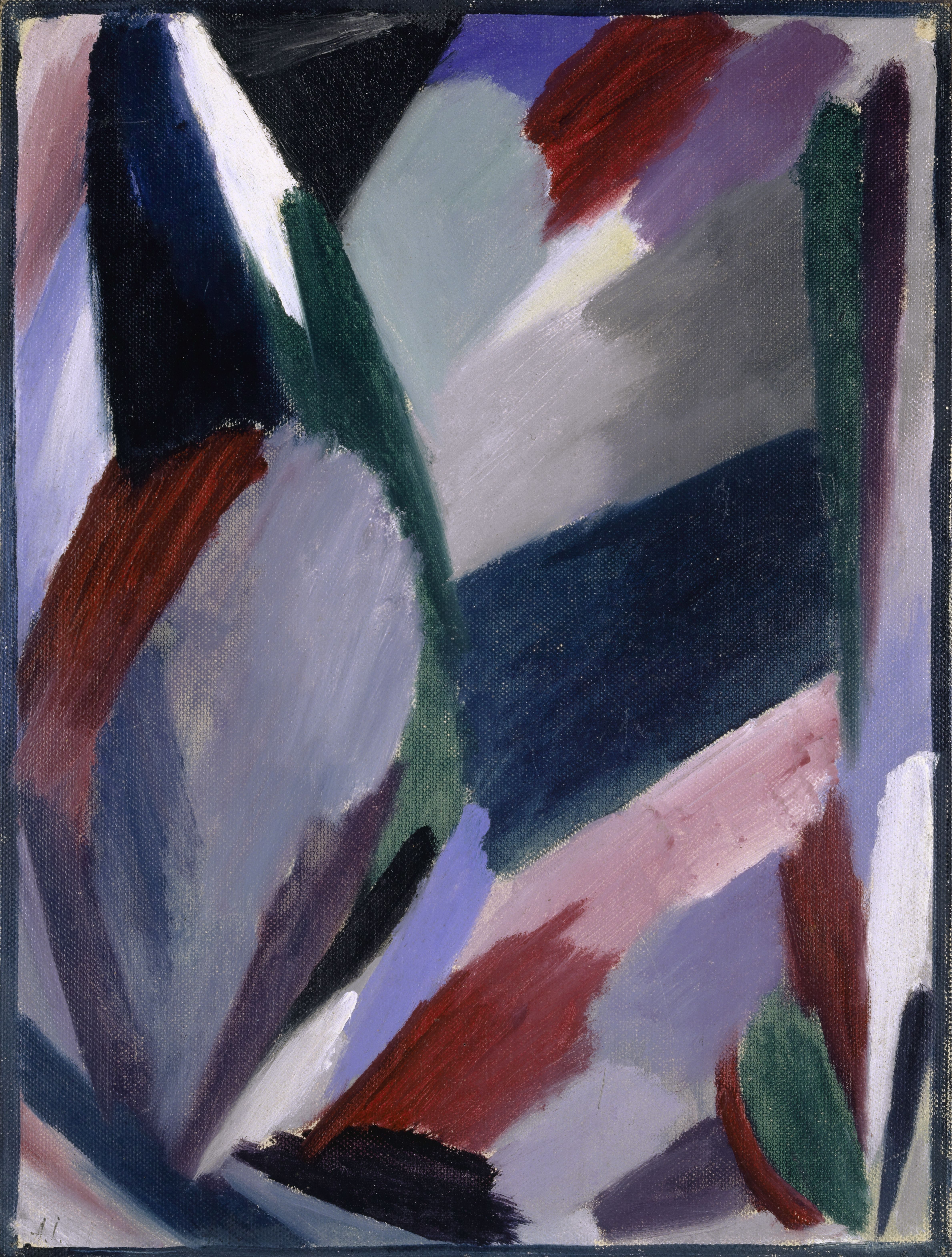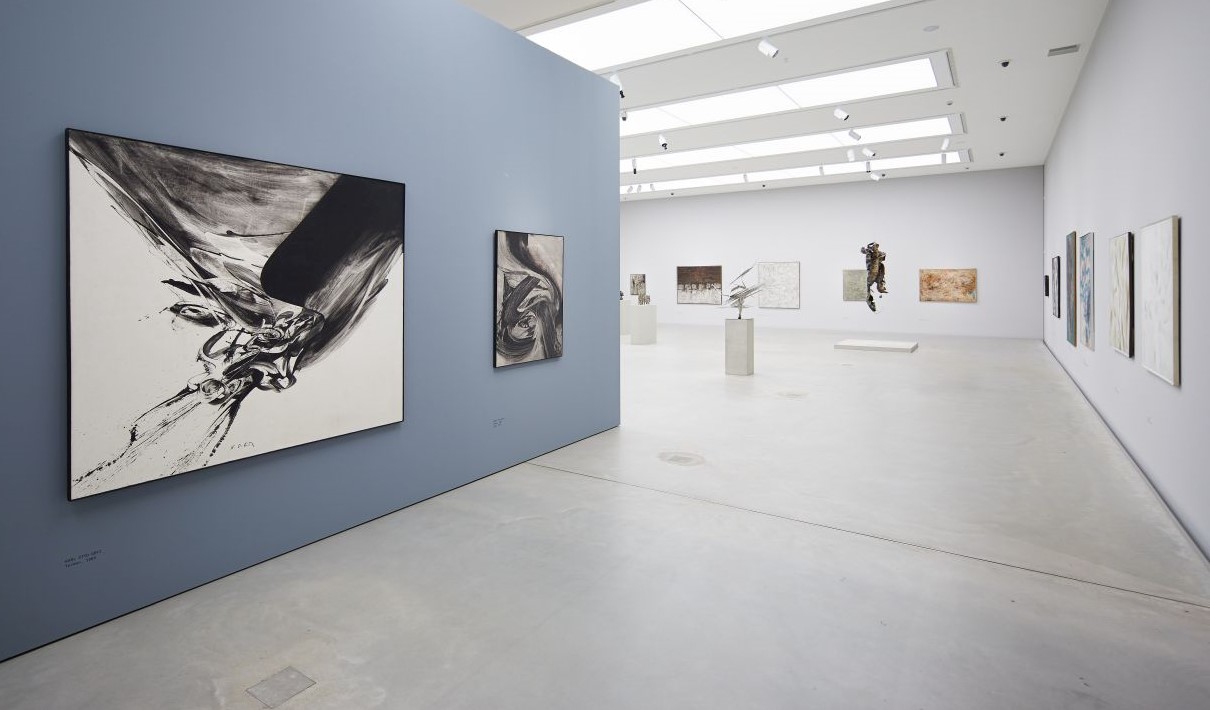Two Art Dealers and the Graphic Works Confiscated from Mannheim
Following their confiscation from the Kunsthalle a large number of the seized graphic works passed through the hands of two art dealers. Together, Hildebrand Gurlitt (1895-1956) and Bernhard A. Böhmer (1892-1945), were, at least temporarily, in possession of over 170 sheets formerly owned by the Kunsthalle. They both belonged to the small circle of individuals who were authorized by the Reich Ministry of Public Enlightenment and Propaganda (RMVP) to “exploit” the works of art confiscated as “degenerate”.
Hildebrand Gurlitt (1895-1956)
In the case of 93 graphic works from the Kunsthalle’s shattered modern collection it has been established that they were either bought, exchanged, or taken on commission from the RMVP by the art historian and dealer Hildebrand Gurlitt. Gurlitt’s activities under National Socialism were as complex as they were multi-layered. As a dealer in “degenerate art”, and as an important buyer for the regime in occupied France, he was immediately involved in the art theft of the National Socialists. At the same time he must also be seen as an important promoter of the modern avant-garde and a victim of earlier folkish hate campaigns. He was forced to resign as both director of the King Albert Museum in Zwickau (1925-1930) and the Hamburg Art Association (1931-1933) due to National Socialist propaganda. The former graphic works from Mannheim which entered Gurlitt’s possession after 1938 also included the five works which were found in the collection of his son Cornelius (1932-2014) in 2013. In his will he bequeathed these and other objects from the so-called Schwabing art discovery to the Kunstmuseum Bern. Consequently, Ernst Ludwig Kirchner’s woodcut “Woman in the Night”, confiscated from the Kunsthalle in 1937, is now also owned by the museum in Bern.
Bernhard A. Böhmer (1892-1945)
Under National Socialism the sculptor and painter, who was an employee of Ernst Barlach in the 1920s, rose to become one of Germany’s leading art dealers. He was also one of the few people who from 1938 had access to the works of art confiscated from German museums. Thus Böhmer came into the possession of, amongst others, at least 77 graphic works which were confiscated from the Kunsthalle in 1937. At the beginning of May 1945 the Güstrow-based art dealer committed suicide. At this time he was still in possession of an extensive inventory of “degenerate art”.
Böhmer’s sole heir was his son Peter (1932–2007), while his aunt Wilma Zelck (nee Otte, 1912–1962) was appointed custodian. Böhmer’s estate also contained remainders of “degenerate art”. This also included numerous objects which the RMVP functionary Rolf Hetsch (1903-1946) had transferred from the depot for confiscated art in Berlin’s Schönhausen Palace to Güstrow in 1943/44. In 1947 Kurt Reutti (1900-1967), an official of the Central Office for the Collection and Preservation of Works of Art in the Soviet Occupied Zone, impounded around 1,000 works from Wilma Zelck in Rostock and deposited them in the Hanseatic city’s museum. While a number of them were returned to the collections from where they were confiscated, others remained in the museum’s collection. In 2009 the Federal Office for Central Services and Unresolved Property Issues, finally transferred the property rights on these works to the Rostock Cultural History Museum, from where a large number of the exhibited works originate.



